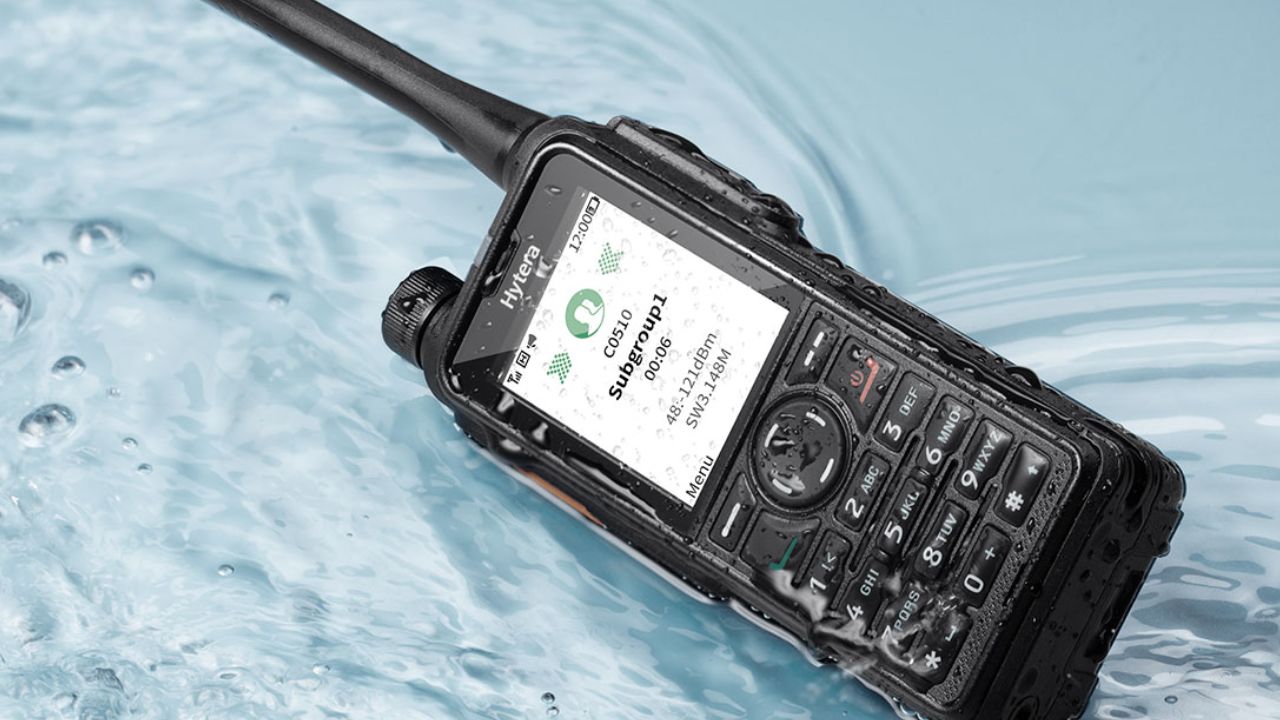In the age of smartphones and instant messaging, going back to a time when walkie-talkies were the main form of communication may seem outdated. Nevertheless, these movable, two-way radios have endured and are still helpful in a range of professional and recreational settings.
The walkie-talkie is credited to Donald Hinges and Alfred Gross. Originally designed for military use in World War II, walkietalkie portable radios helped soldiers communicate more effectively while engaged in combat. Walkie-talkies gained popularity in society after the war, particularly in professions where prompt and precise communication is essential.
Walkie-Talkies and Two-Way Radios Differ From One Another
Despite their frequent interchangeability, the terms “two-way radios” and “walkie-talkies” have a subtle difference. Although they have different uses and designs, both gadgets are classified as two-way radios.
Terminology
Walkie-talkies are a term used to refer to handheld, portable two-way radios that suggest compact design for use while traveling. The term “two-way radios” is used more broadly to refer to communication devices that can transmit and receive signals.
The term “two-way radios” encompasses handhelds, mobile devices, and base stations, whereas “walkie-talkies” usually refers to small, lightweight devices. The former frequently uses particular frequency bands, such as UHF for FRS or GMRS, while the latter covers a wider range of frequencies, including VHF and UHF, depending on the intended use, licensing requirements, and range.
Portability
The portability of walkie-talkies is their main feature; they are made to be small, light, and simple to carry by hand or fastened to a belt. These portable gadgets are designed for on-the-go activities and are optimized for mobile communication.
On the other hand, “two-way radios” refers to a wider variety of devices, going beyond merely portable units and encompassing both fixed base stations and mobile installations in cars. While walkie-talkies are naturally portable, two-way radios come in a variety of sizes and are designed to be used for both stationary and on-the-go applications.
Frequency Bands
Particular frequency bands, usually in the UHF range, are used by walkie-talkies to function, such as Family Radio Service (FRS) or General Mobile Radio Service (GMRS). Due to their efficiency in short-range communication, these frequencies were selected.
A greater variety of frequencies, such as VHF and UHF, are available for two-way radios, which are designed to meet particular communication requirements and use cases. More flexibility in communication configurations is possible with two-way radios since the frequency bands they use can be selected based on various factors like intended application, licensing requirements, and range requirements.
Range:
Short-range communication is the focus of walkie-talkies, making them perfect for individual or small-group use over a few miles or less. This restricted range is consistent with their small size and intended portability.
Two-way radios, on the other hand, are versatile and can meet both short- and long-range communication needs. The extended coverage capabilities of professional-grade two-way radios make them appropriate for a range of uses, including emergency services, businesses, and public safety. Two-way radios have a range that can be adjusted to suit the user’s needs, covering short to long distances as needed.
Use Cases:
In addition to being a practical tool for short-range communication during social gatherings or outdoor excursions, walkie-talkies are frequently used for leisure activities and informal communication.
On the other hand, two-way radios are used in a wider range of professional and industrial contexts. For dependable communication in a variety of settings, two-way radios are used by businesses, manufacturing sites, public safety organizations, and emergency services. Due to their adaptability, two-way radios are essential equipment in a wide range of industries where quick and efficient communication is essential for both operational effectiveness and safety.
Final Words
Even though the terms “two-way radios” and “walkie-talkies” are frequently used synonymously, they belong to different categories of communication devices. Walkie-talkies are a subset of the larger class of two-way radios, distinguished by their portability and focus on short-range use. Two-way radios are a broad category of equipment that serve professional and personal communication purposes over a range of distances.
